China’s financing and investment spread across 61 BRI countries in 2023 (up...
2024-02-27 31 英文报告下载
Households can be regarded as the final owners of wealth. For households, real assets— mostly housing—make up almost half of net worth. Net financial assets, in roughly equal parts pension assets, deposits, and equity, make up the other half (Exhibits E4 and E5). Distribution of household assets, however, varies between countries. For instance, assets held by households in Australia, France, Germany, and Mexico are primarily buildings and land, while in the United States, equity and pensions make up most of household wealth. Among other factors, this reflects differences in countries’ pension systems, for instance pay-as-you-go arrangements versus those where assets are accumulated to meet pension obligations. In Japan, deposits make up more than one-third of total household assets. Via those financial assets and real estate holdings, households in the ten countries control 95 percent of net worth, ranging from 64 percent of national net worth in Mexico to 135 percent in the United States.
The public sector, often seen as an enabler of wealth, owns mostly public buildings, infrastructure, land, and natural resources, which are worth about 90 percent of GDP, as well as financial assets such as stakes in state-owned enterprises. On the liability side, public debt in many countries exceeds the value of public assets. Public net worth was sizable, particularly in China, at 1.8 times GDP (due to sizable land ownership and high investment in state-owned firms), Australia (due to natural resource endowments), and Sweden (which had relatively low levels of public debt and a broad portfolio of financial and nonfinancial public assets). By contrast, the UK and US governments are net borrowers that have not built public wealth commensurate with debt. Nonfinancial corporations, the creators of wealth, own productive assets like machinery, factories, and intangibles to the tune of 0.8 times GDP, and inventories amounting to about 0.4 times GDP. They also have significant real estate holdings, such as hotels, restaurants, and office buildings. They pass this wealth on to households via debt and equity.

标签: 英文报告下载
相关文章
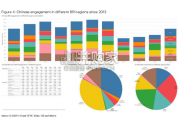
China’s financing and investment spread across 61 BRI countries in 2023 (up...
2024-02-27 31 英文报告下载
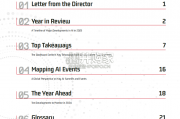
Though the risk of AI leading to catastrophe or human extinction had...
2024-02-26 51 英文报告下载
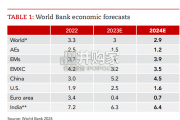
Focusing on the prospects for 2024, global growth is likely to come i...
2024-02-21 96 英文报告下载
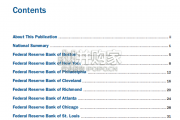
Economic activity declined slightly on average, employment was roughly flat...
2024-02-07 67 英文报告下载
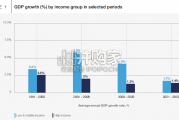
Economic growth can be defned as an increase in the quantity or quali...
2024-02-06 82 英文报告下载
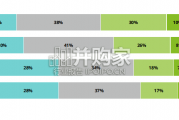
In this initial quarterly survey, 41% of leaders reported their organizatio...
2024-02-05 66 英文报告下载
最新留言